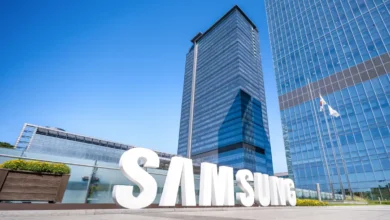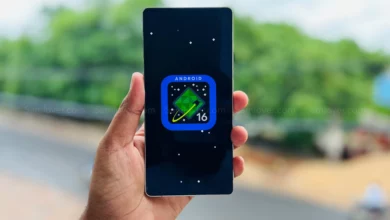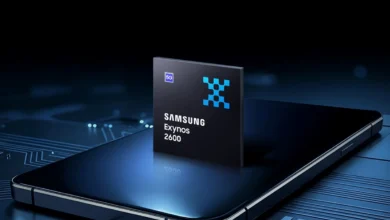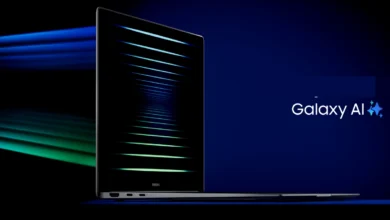Vivo X Fold 3 Pro Poised to Rival Galaxy Z Fold 6 in India Market
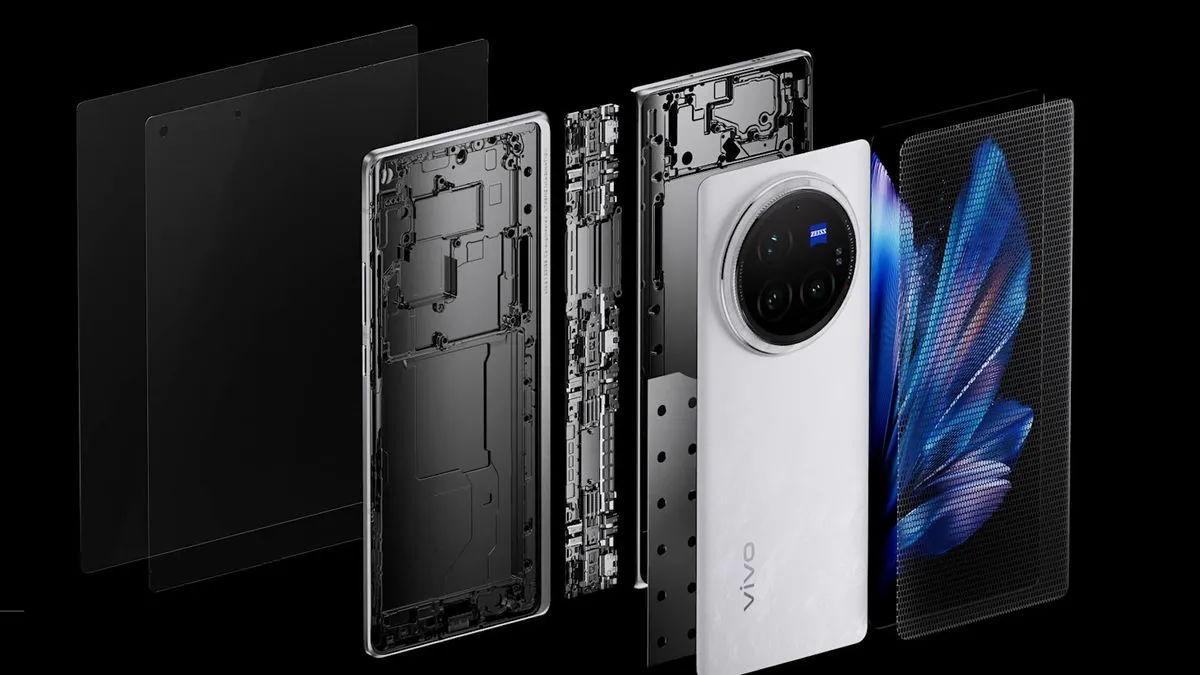
Samsung is the toughest competitor in the foldable industry. For years, Chinese smartphone manufacturers have given chase to the Korean giant. Although they have made things much better to close the gap, progress still remains limited due to difficulties entering the North American market, especially in the US.
Now the Chinese manufacturers are looking straight after struggling to compete with Samsung in North America. Now with the Vivo X Fold 3 Pro, they are targeting other markets; for instance, India, where they are powerfully built and have a countable existence. The local assembly in India further hints at Vivo’s assurance to be competitive in this new market; this strategy will surely enhance its competitiveness.
The Vivo X Fold 3 Pro was initially introduced in China earlier this year, in March. It features a 6.53-inch OLED cover display and an 8.03-inch internal foldable panel. To add an extra layer of protection, the manufacturer powered it with an IPX8 water resistance rating, matching one of the key selling points of the Galaxy Z Fold series.
It is powered by Qualcomm’s latest Snapdragon 8 Gen 3 chipset. The memory package includes 16GB of RAM and up to 1TB of internal storage. Interestingly, its cost is just $1,385, which is lower than the Galaxy Z Fold’s $1,799 starting price. Vivo has its sights set on the superior segment in India, using some regional materials in the supply chain as well, to better compete against Samsung in the instantly growing foldable smartphone segment.
The devices will be assembled at Vivo’s new 170-acre factory in Noida. Vivo is focusing on aiming to beat Samsung, as it is all set to launch the Vivo X Fold 3 in the coming weeks, right before Samsung debuts its sixth-generation foldable Galaxy Z Fold 6 and Galaxy Z Flip 6, which are not expected until late July. The exact price details of the forthcoming vivo foldable have not been announced yet.
